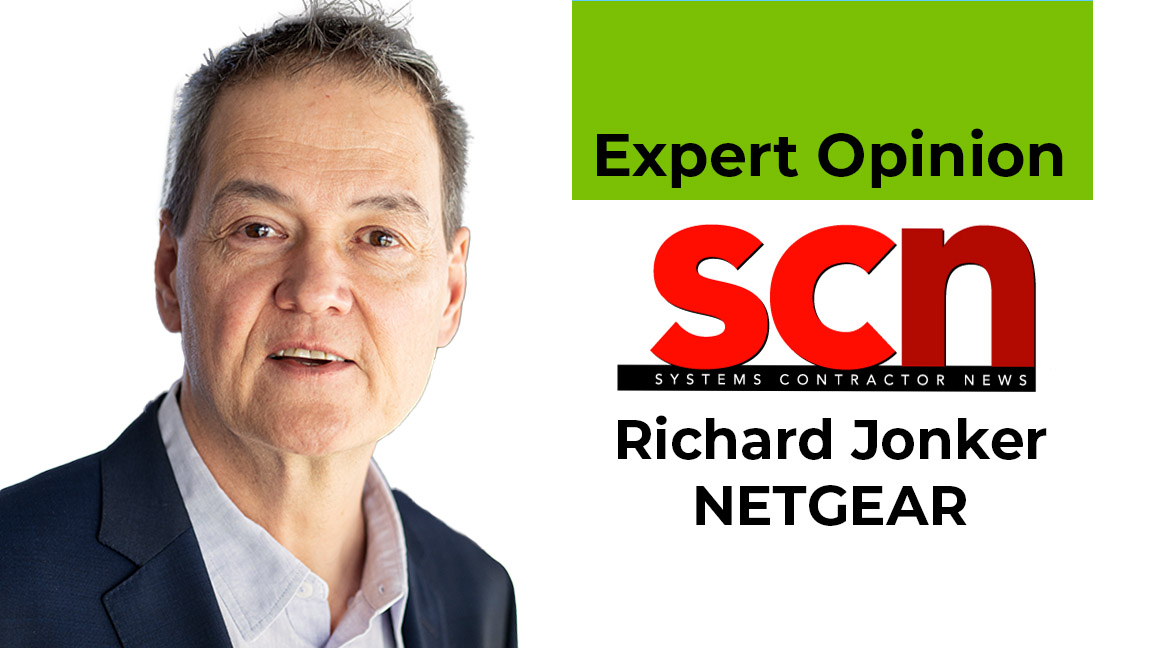The Long Haul

Jim Long Has Built An Enduring Career At EV, And It Keeps Sounding Better
QUICK BIO
NAME: Jim Long
TITLE: Director, Strategic Projects
COMPANY: Electro-Voice
OVERTIME: Long carried an early notion of “high fidelity” to his career in the pro sound world, where his work with EV has helped improve sonic performance since 1966.
SCN: Do you recall a moment from your childhood when you realized you were an engineer with sonic tendencies?
Jim Long: I was listening to some 78-rpm records on a circa-1940 Zenith radio console, to which my dad had connected a record changer. I was enjoying the music, but dad said that the sound coming out of the radio was “crude.” This word got my attention and got me going down the road to “high fidelity,” or “hi-fi” for short. Dad eventually supported my interest by purchasing a system of separate audio components, including a home-built loudspeaker enclosure. We both had fun, and I had both a hobby for life and a career!
SCN: Your first stint with Electro-Voice in Buchanan, MI was as a summer engineering technician in 1963, after which you stayed on to work in the mic lab until you left in the fall of 1964 to pursue your MBA. You didn’t stay away for long, returning to EV engineering in 1966. What was it about EV that captured your interest?

When the Michigan weather warms up, Long likes to get the 1972 Corvette roadster out of the barn and take a spin on the country roads.
JL: I liked the people at EV, had become familiar with the company, and wanted to work in audio. While I job interviewed as far away as California, I liked the idea of finding an audio company right in Michigan, where my family headed for summer lake vacations.
A daily selection of the top stories for AV integrators, resellers and consultants. Sign up below.
SCN: In the late ’60s, you moved into product management in EV’s commercial sound division. What stands out most in your mind about that period of rapid change in the audio industry?
JL: This period was near the beginning of nearly two decades of movement from, for want of better words, “commercial sound” to “pro sound,” where the audio bandwidth was wider and coverage more uniform. The major pro sound companies at the time were Altec Lansing and JBL. EV had no appropriate products at the time, but in the early 1970s developed highperformance compression drivers and, most importantly, “constant directivity” horns that, for the first time, maintained their rated coverage angles over a wide frequency range. I believe that constant directivity not only helped popularize pro sound in the U.S. but also moved pro sound worldwide, to Europe and all of Asia. To be some part of this was exciting.
SCN: Working in a number of positions in EV marketing and sales over the years, and in your current position as “Mr. EV” in the Bosch Communications Systems product marketing management group, you’ve worn the mantle of an “engineer who can talk.” Your product presentation and training demonstrations incorporate entertainment value in addition to vital information—what would you say is key in communicating the finer points of technology to an audience?

When the Michigan weather warms up, Long likes to get the 1972 Corvette roadster out of the barn and take a spin on the country roads.
JL: PowerPoint has become ubiquitous in today’s presentations. I’ve found it important to augment minimal copy with high-quality illustrations and photos, plus well-structured audio demonstrations.
SCN: Your home stereo features a gargantuan collection of horns, including one of EV’s first constantdirectivity horns, the HR9040A. When people turn up the volume of music around the world, what is it you hope they’ll hear?
JL: The natural sound of the human voice. Loud is easy!
SCN: How would you complete the following statements?
Louder is only better if…it sounds like real music.
Classical music purists may detest sound reinforcement, but…properly done it can be magic. The challenge is getting the design, commissioning, and operation of sound-reinforcement systems consistently at a much higher level than they are now. One aspect done poorly cancels out the other two done well!
